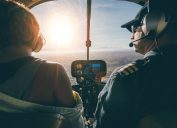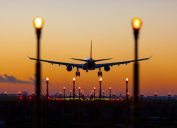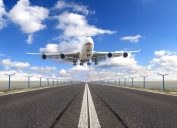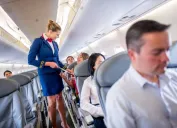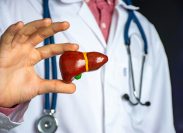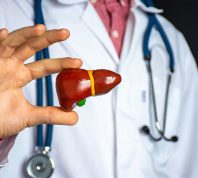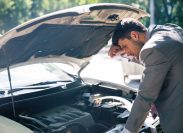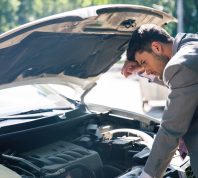
You may have been on an airplane a thousand times, but there are still some secrets of the sky. For instance, did you know that early morning flights have less turbulence, or that you're likely to get sunburnt in your seat? We doubt it. So, to clue you in, we talked to the best pilots to find out all the surprising—and downright shocking—things you should know when you fly. Happy trails!
1
You can get sunburnt on an airplane.
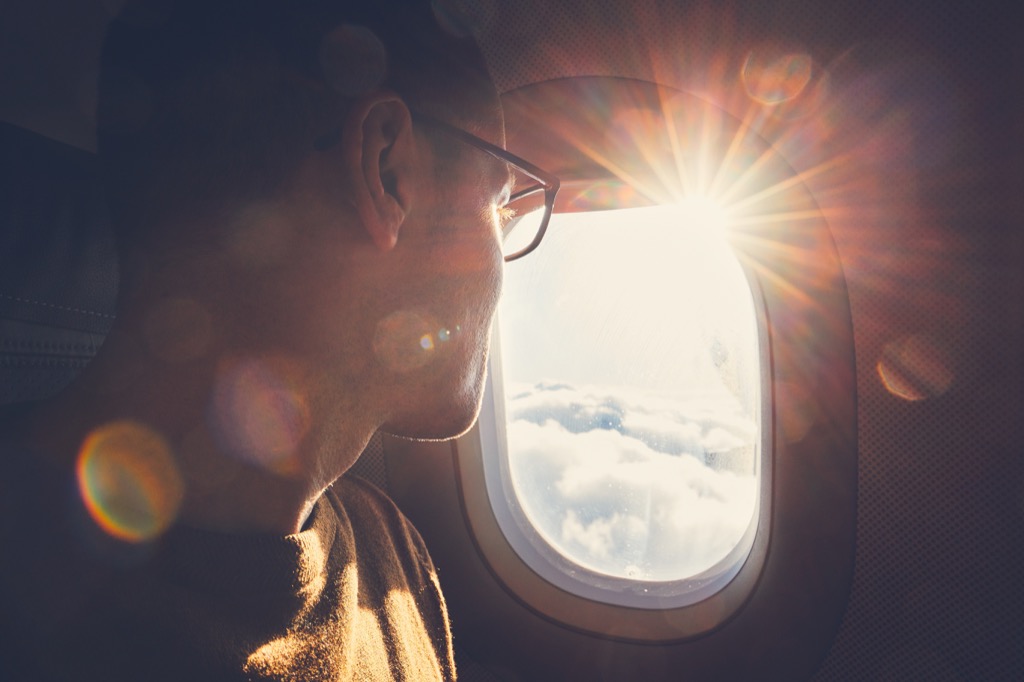
You've heard it a million times: wear SPF 30 everyday. Applying sunscreen is smart no matter what, but flying is especially bad for your skin. A 2015 study found that pilots flying just one hour at 30,000 feet get the same amount of radiation as spending 20 minutes on a tanning bed. And another study discovered that pilots were 10 times more likely to get diagnosed with melanoma. Follow their lead and slather up—especially if you prefer a window seat.
2
An engine could fail, and you'd never know the difference.
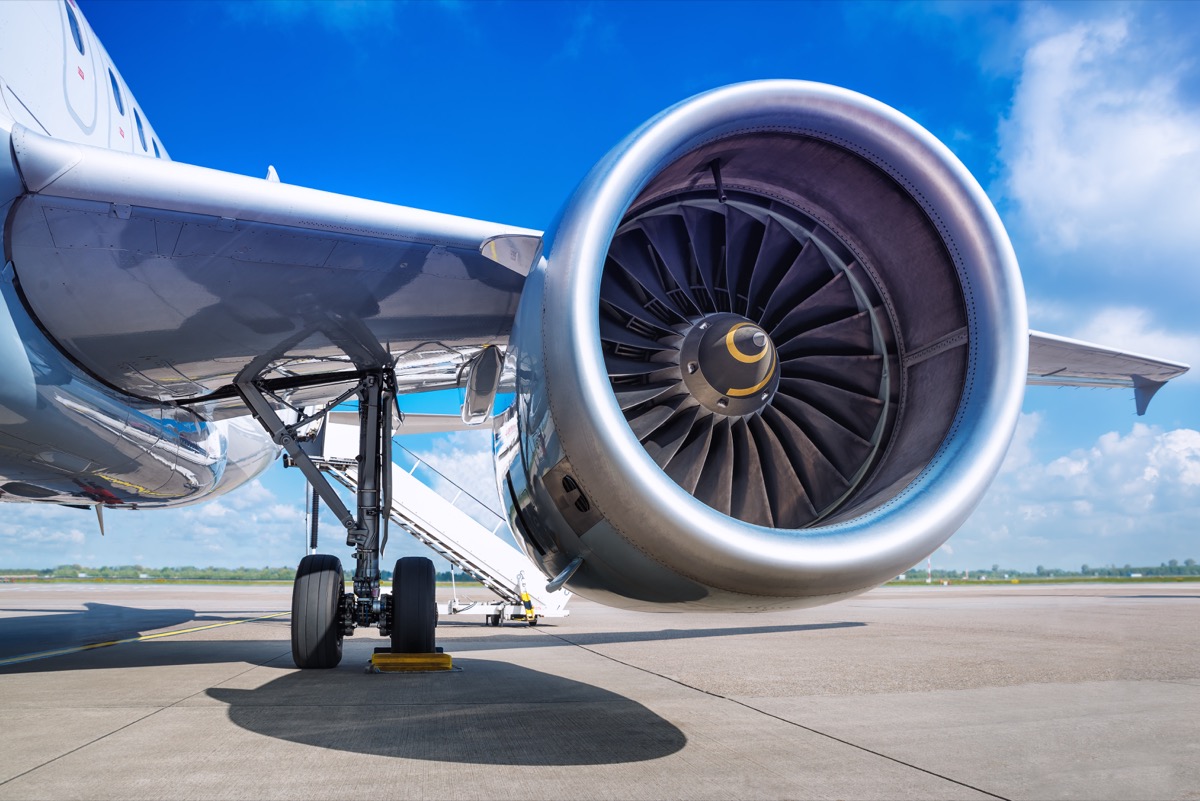
If you hear a pilot say, "One of our engines is indicating improperly," that engine is down. Though there's a good chance they won't even make an announcement (they wouldn't want to scare passengers!), if they do, there's no need to worry. Most aircraft are totally capable of flying on one engine without passengers noticing.
3
It's dangerous to fly with a baby on your lap.
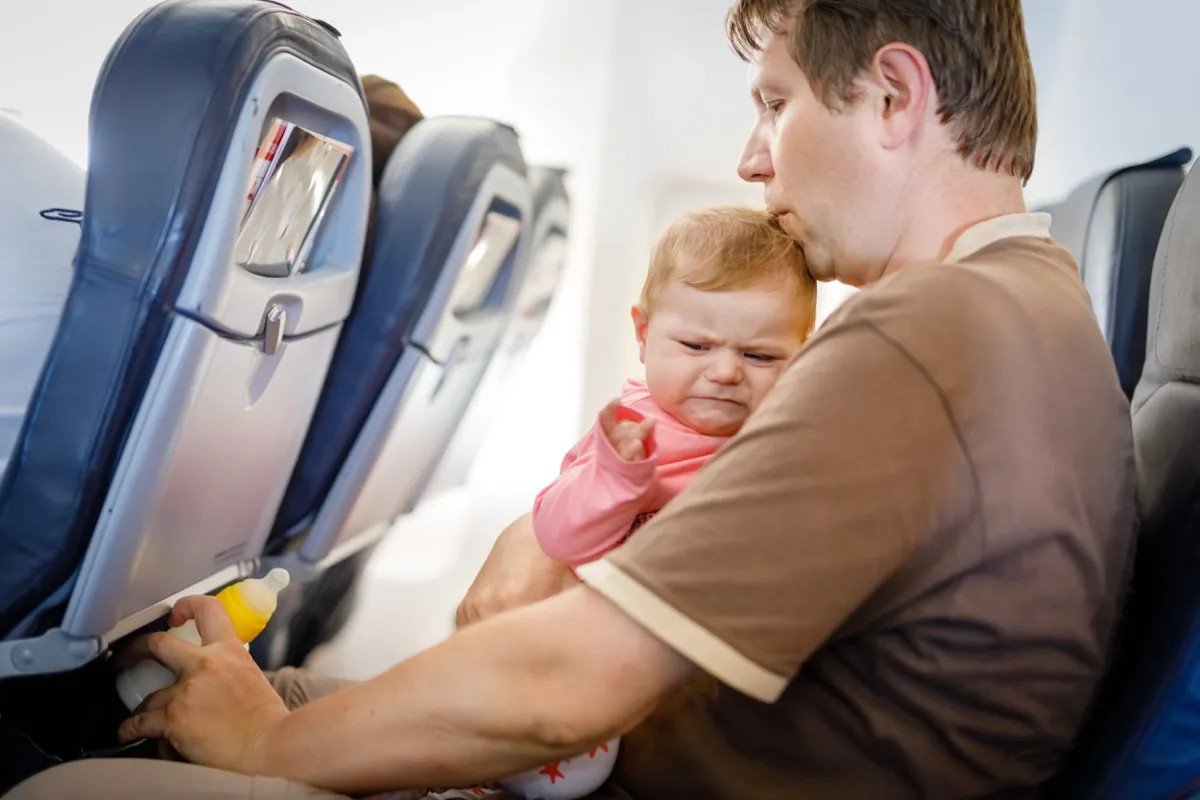
Flying with an infant on your lap for free sure sounds like a deal when you add up the cost of another ticket; however, doing so is extremely dangerous. Just like in a car—which travels far slower than an aircraft—if there's an impact of sudden deceleration, even a giant football player couldn't manage to keep ahold of that kid. To ensure your baby doesn't turn into a projectile, travel with an FAA-approved car seat.
4
You should always go to the bathroom before you board.

You might be worried about your carry-on getting bumped from the overhead, but if you have an inkling to go, you really should use the restroom before you stride down the jet bridge. There's a tight timeline for taxiing and takeoff, so if someone gets up to go to the bathroom, the plane could lose its spot on the tarmac. No one wants to be that guy.
5
Earlier flights have less turbulence.
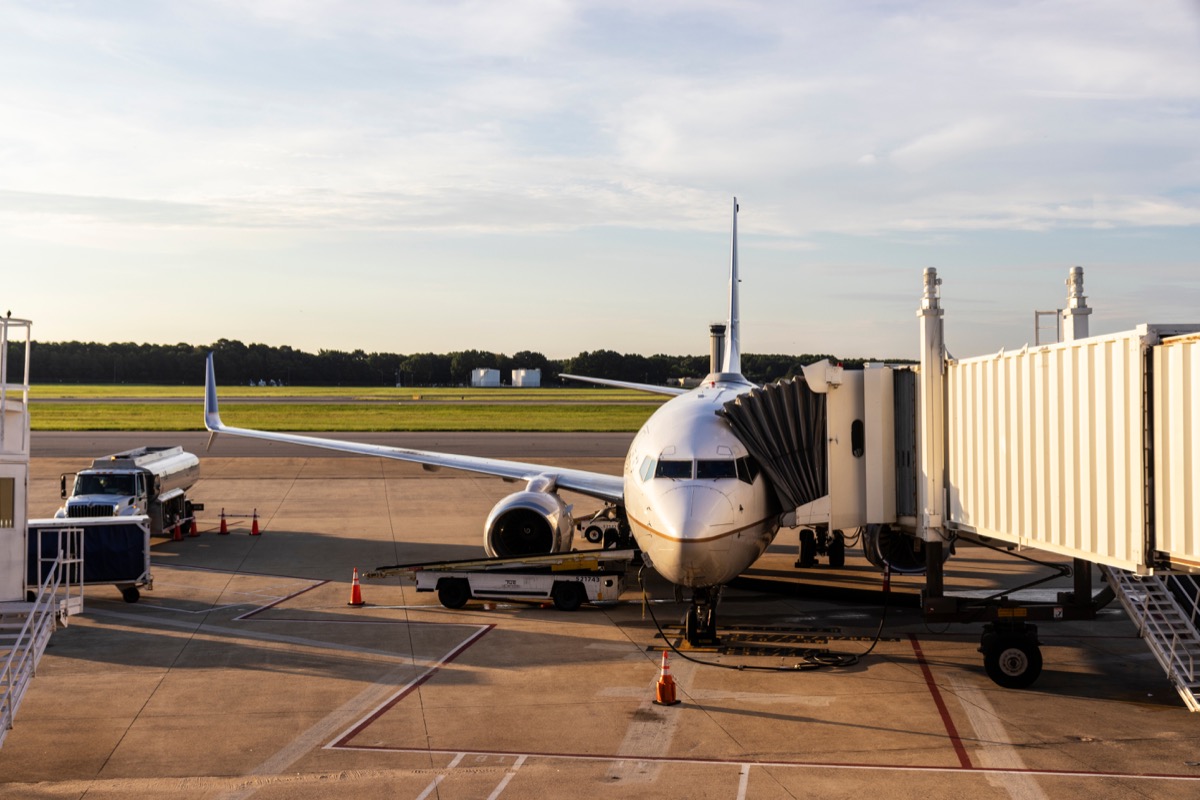
If you're a nervous flyer or tend to get motion sickness, book a morning flight. As the ground warms up throughout the day, it causes the air to get bumpier, and it's far more likely to experience a thunderstorm in the afternoon.
6
The front rows are the coldest.

Air flows from front to back on an airplane, so if you worry about getting hot or want the freshest breeze possible, try to sit up towards the cockpit. And for those folks who are always freezing, choose seats in the rear where they're the hottest.
7
The middle of the airplane is the calmest.
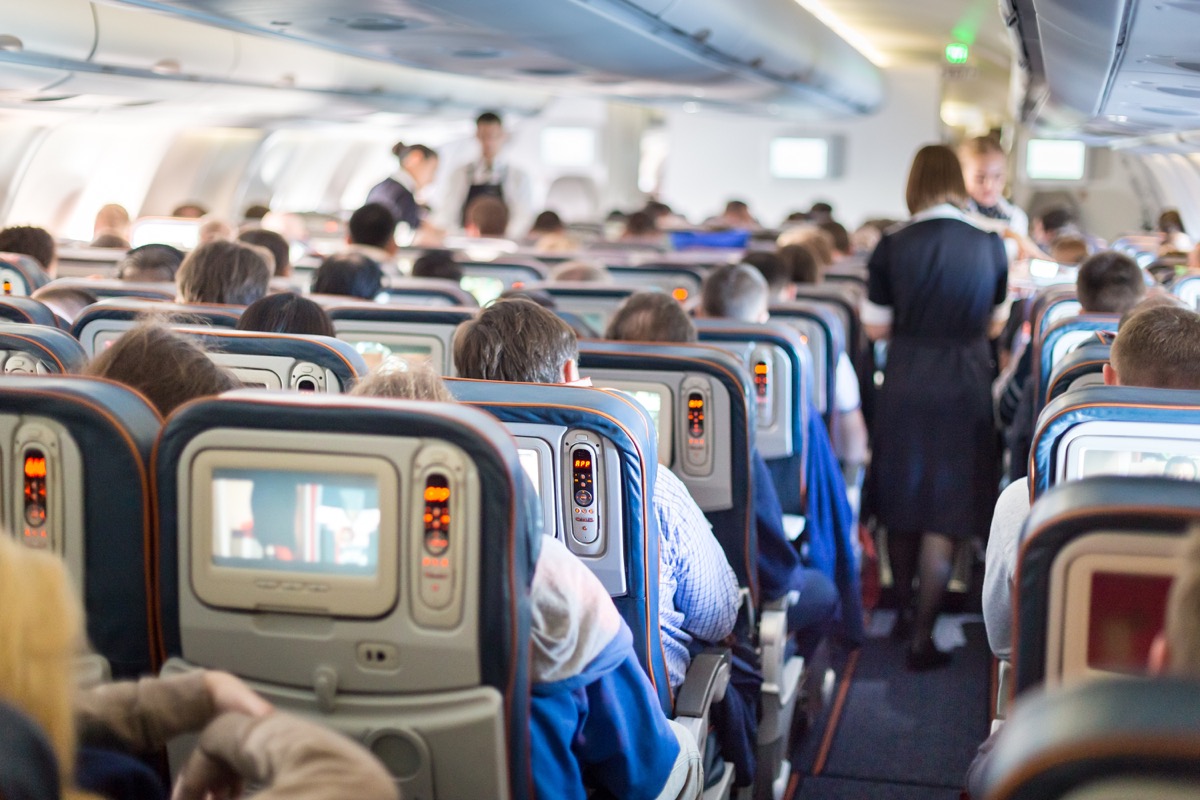
Planes are the opposite of boats in terms of motion sickness. Where the aft is generally the most stable part of a watercraft, the back of the plane is the bumpiest place. If you book a seat near the wing, you're not going to get jostled around as much.
8
Cell-phone signals really can cause issues in the cockpit.

Look, nobody wants to hear what your friend did over the weekend. But that's not the only reason to turn off your phone en-route. If a dozen people decide to call their rides just before landing, the pilot can get a false reading on the navigation, or it could disrupt communication signals with the air traffic controllers.
9
There are two airports in America that pilots especially hate.
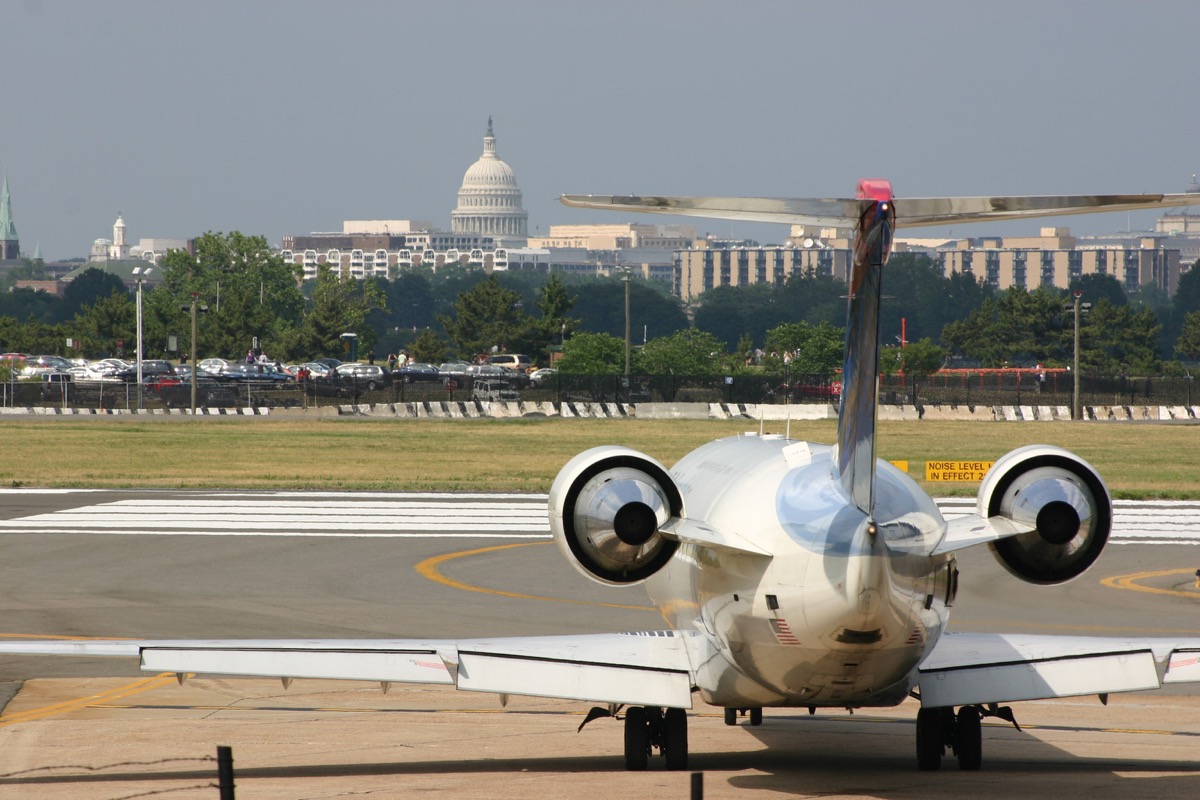
Reagan National in Washington, D.C., and John Wayne in Orange County, California, are the worst airports for take-offs due to their short runways and noise abatement procedures. The residents who live near John Wayne don't like the sound of air traffic, so pilots have to turn off the engines and cruise as soon as the plane is airborne.
10
There's a reason your flights tend to land earlier than expected.
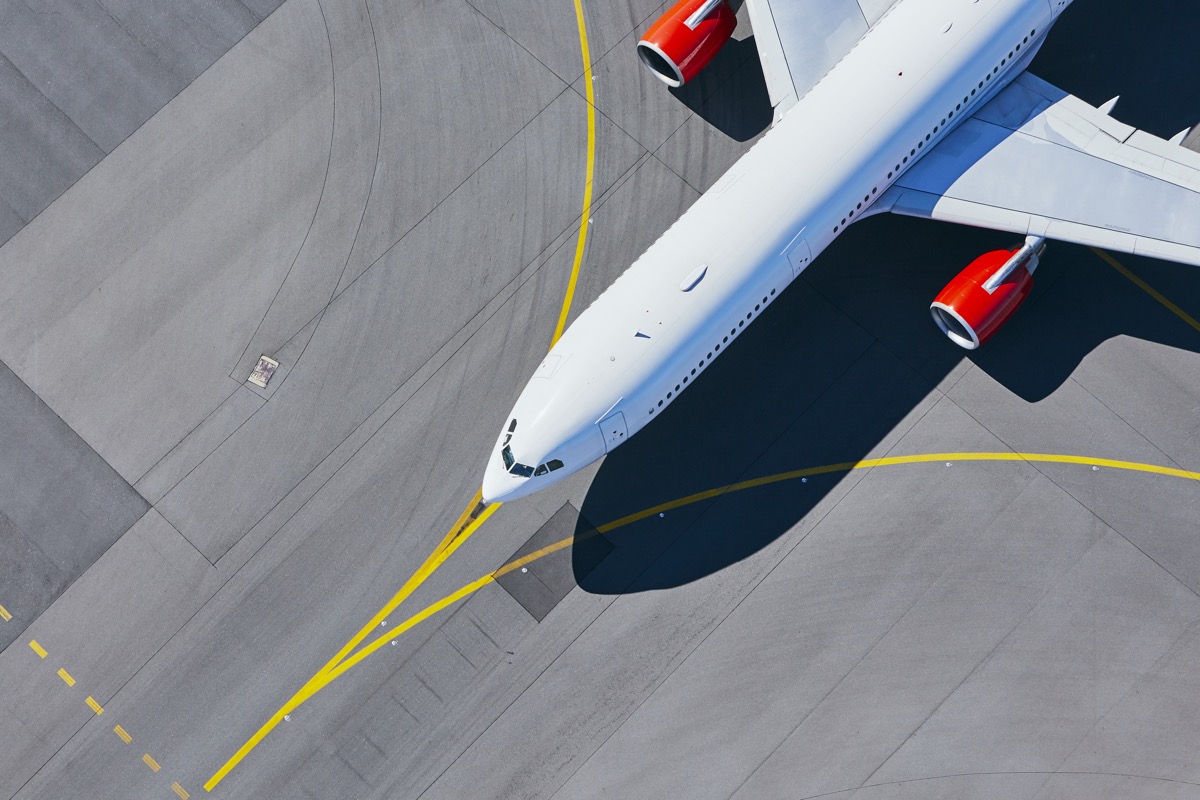
Ever wonder how you still happen to land ahead of schedule, even if your plane is delayed? Well, this is because airlines get graded on their on-time arrivals, so they pad in extra time for their flights. Sure, it may be a PR ploy, but we're not complaining!
11
You shouldn't wear flip-flops on a flight.
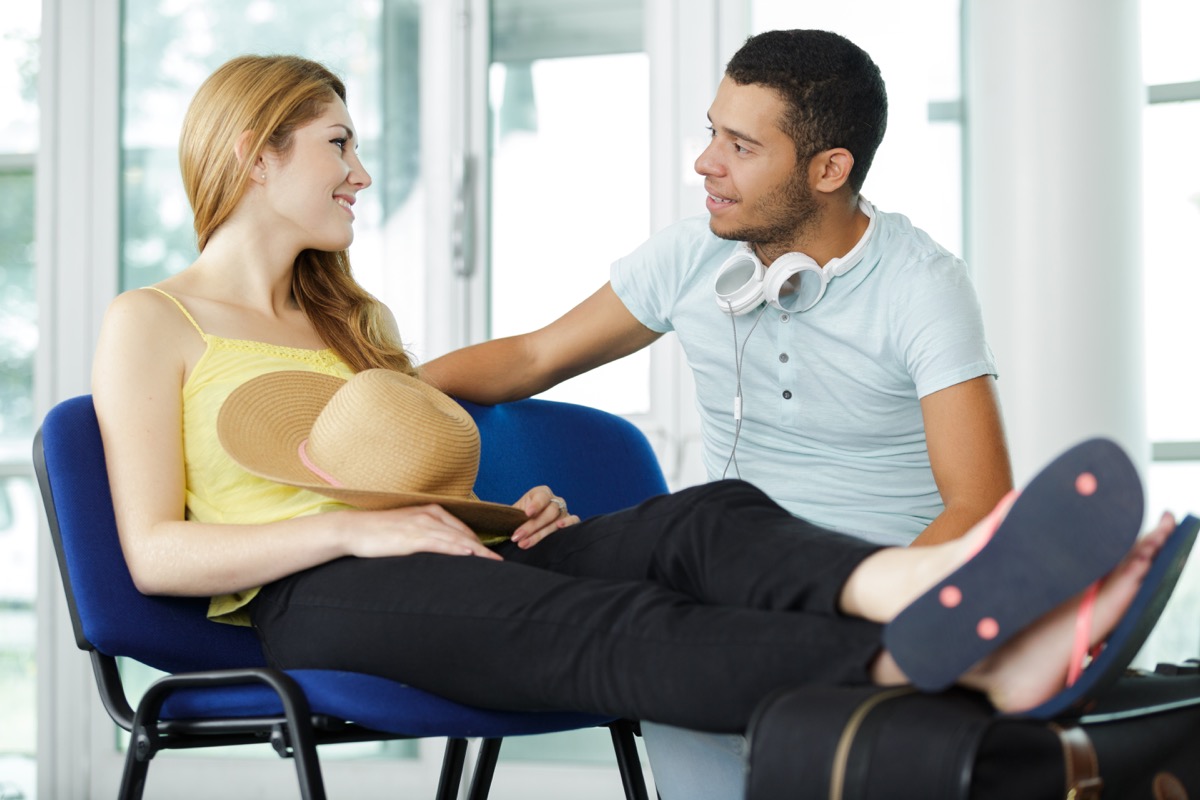
No, it has nothing to do with the bathroom floor or germs—though, take that into consideration, too. If you have to evacuate for some reason and your flimsy sandals fall off, you might end up standing on the scorching tarmac in your bare feet. Let's just hope it never comes down to that.
12
It's not the air that's dirty—it's your seat.

In the pre-COVID-19 world, Naomi Campbell seemed like a slightly off-kilter germaphobe for her intense pre-flight cleansing ritual—complete with plastic gloves, Lysol wipes, and her own blanket to cover the seat. Turns out, she was right all along. The tray table, button to push the seat back, and all the other devices that are frequently touched by other passengers probably haven't been wiped down recently. The air, on the other hand, runs through a HEPA-filter. So, it's probably as clean as can be.
13
Turbulence is nothing to worry about.
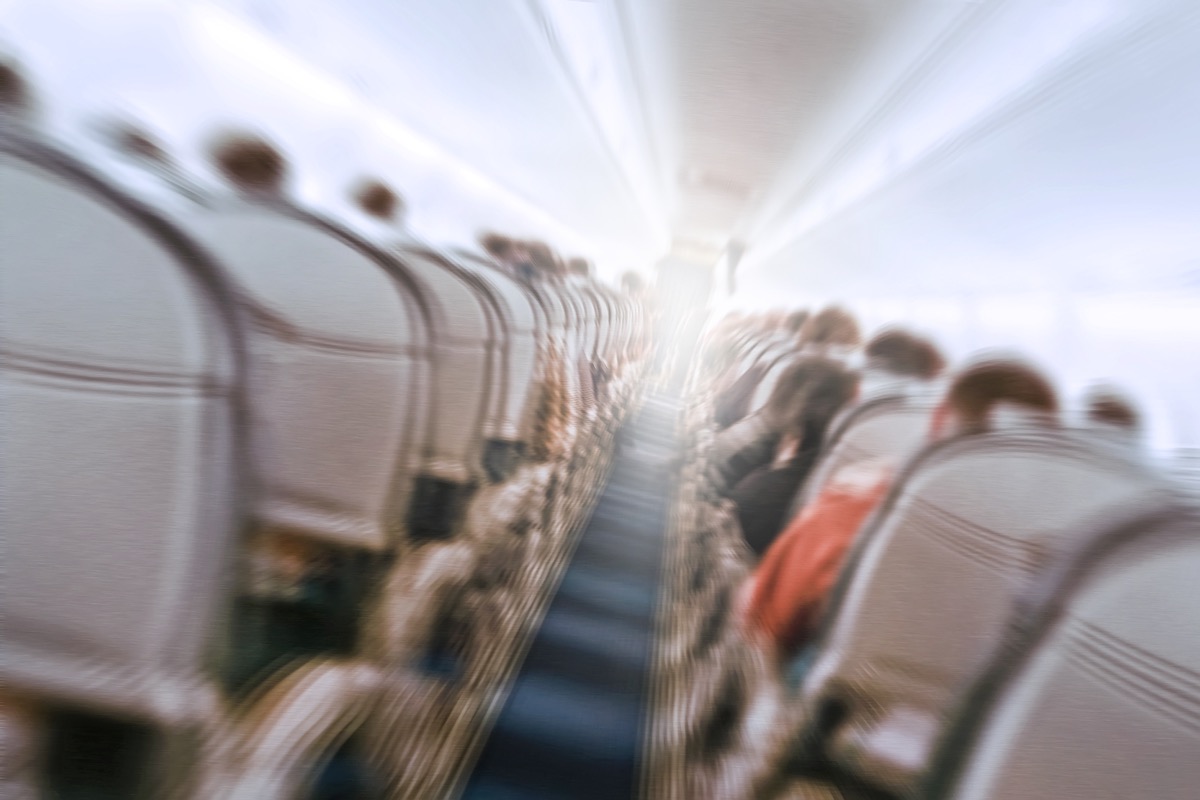
Sure, getting rocked around in a tin can flying 500 miles per hour sounds terrifying. It actually shouldn't be. Pilots avoid turbulence because it's annoying, not because it's going to rip an engine off. The chance of turbulence causing a crash is slim to none. Just think of it as a speed bump in the sky.
14
Bad weather between cities can cause delays.
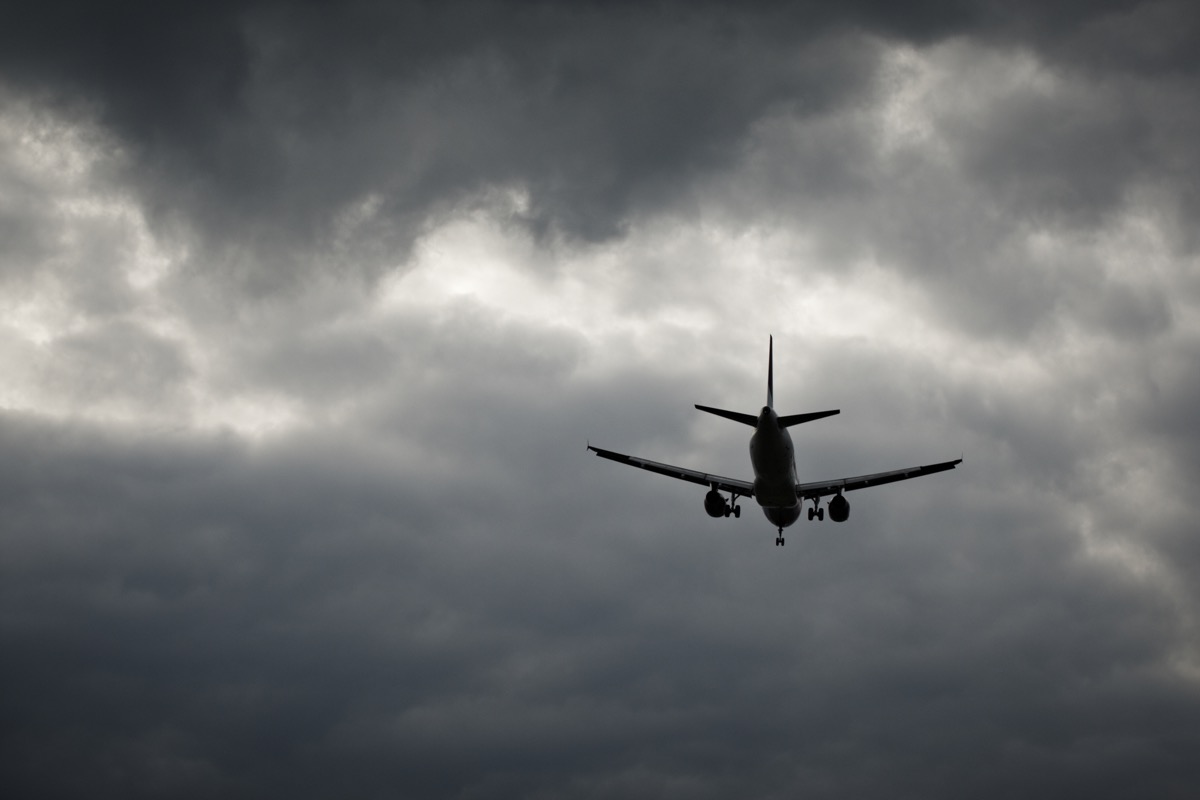
Have you ever wondered why there's a weather delay when there are blue skies out your gate windows and at your final destination? The climate can be lovely in both your departure and arrival cities, but if there's a big storm in the airspace between the two, it could hold you up.
15
If the pilot tells the flight attendants to sit, prepare for a rough ride.
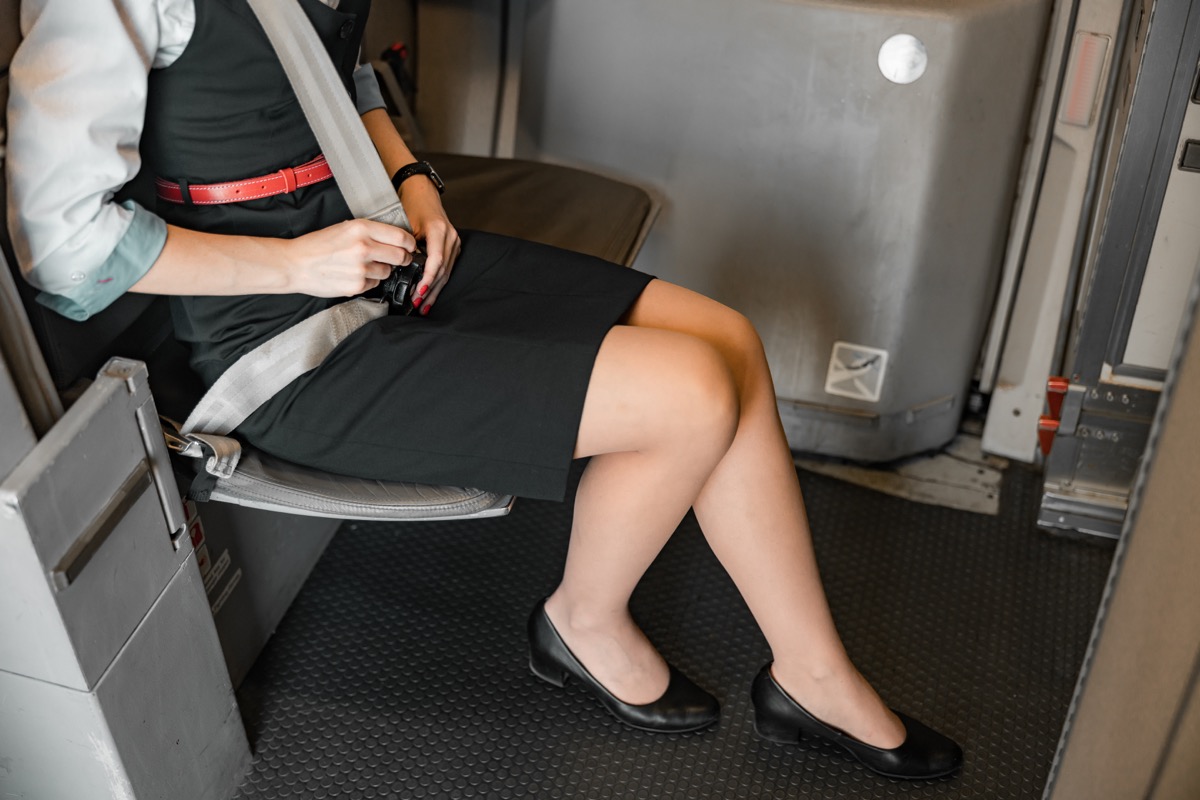
Pilots frequently turn on the fasten-seatbelt lights for passengers just to be extra cautious—they don't want travelers rolling down the aisles on the way to the bathroom, after all. But if they tell the flight attendants to sit down, definitely buckle up. Some gnarly turbulence is coming your way.
And for more behind-the-scenes stories, check out the 20 Things Flight Attendants Want You to Know.
